Comments / Questions (11)
![]() Carmen wrote:
Carmen wrote:
Cuando se trata de los 4 puntos que se pasan el penúltimo sobre el último tengo una confusión: ¿El último es el de la derecha o el de la izquierda de esos 4?
01.12.2019 - 08:54DROPS Design answered:
Hola Carmen. El último punto de los 4 puntos es el punto a la derecha (el último punto pasado de la aguja derecha a la aguja izquierda).
10.12.2019 - 00:09
![]() Susana wrote:
Susana wrote:
Creo que son 71 puntos los que se deben montar y no 70. ¿O tendré 4 hebrasjuntas al inicio del patrón? (dos hebras de A3 del lado derecho y 2 hebras de A5 del lado izquierdo) Porque al repetir el patron: A3, A4, A4, A5, A3, A4, A4, A5 tengo esas 4 hebras juntas en A5, A3.
10.11.2019 - 06:25DROPS Design answered:
Hola Susana. el patrón es correcto. No estas teniendo en cuenta los dos puntos centrales ( ver las explicaciones en el texto), que no están presentes en el diagrama y se separan los dos lazadas dobles a cada lado en el centro del delantero y el centro de la espalda.
10.11.2019 - 11:22
![]() LUCIA CAMARGO DO CARMO wrote:
LUCIA CAMARGO DO CARMO wrote:
Fiz este modelo e ficou lindo! Muito obrigada por compartilhar conosco!
25.09.2019 - 19:41
![]() Tali wrote:
Tali wrote:
I continue the question Ana asked - and the next time I finish A6-7 vertically - I add more waves again right? and begin A6-7 from the beginning...
08.04.2019 - 17:32DROPS Design answered:
Dear Tali, correct, you repeat A.6/A.7 over the first/last stitch and work all stitches in between in A.4 - in each A.6/A.7 you increased 13 sts, when A.6/A.7 have been worked 1 time in height, you work A.6 over the first st, then A.4 over the next 13 sts (= the last 13 sts from previous A.6) and same but reversed for A.7. Happy knitting!
09.04.2019 - 09:56
![]() Ana wrote:
Ana wrote:
Hi, I'm a bit confused. So after I have completed A.6/A.7 once, vertically, I continue to work by starting the A.6/A.7 diagram all over again from the beginning (bottom)? Also work an extra 13 st (A.4 ) on each side of poncho? Did I understood correctly?
08.04.2019 - 15:30DROPS Design answered:
Dear Ana, after you have worked A.6/A.7 one time in height, you will repeat same patterns, but there are now enough stitches between A.6 and A.7 to work 2 more repeats of A.4 between the new A.6/A.7 (=6 repeats instead of 4). Happy knitting!
08.04.2019 - 16:26
![]() Tali wrote:
Tali wrote:
I have just began knitting the poncho and I have some questions: 1. Should I stay with the same light beige color in the first 3 rows (p, k, p) and the first 4 rows of the wave part? 2. When should i change colors? just before the first stitch of A3? it is YO? Thanks a lot. Tali
29.03.2019 - 15:44DROPS Design answered:
Dear Tali, the cast on row + the first 3 rounds (= P, K, P) are worked with light beige, then work stripes (= A.1 then A.2), ie A.1 starts with 4 rounds beige clair (= there will be a total of 7 rounds including the rounds before pattern worked with beige clair). Changing colours happens at the beg of the round, ie with A.3 (= eg start the new colour with a double YO on round 5) Happy knitting!
01.04.2019 - 11:31
![]() Tali wrote:
Tali wrote:
This poncho is lovely! but I am planning to use another yarn (as I was asked to use not just wool )-:). I found two relevant: one is for 6.5 mm needles and the other for 10 mm needles. What will be better to choose and how should I convert the instructions? I thought doing the small size (it is for 12 years old girl). Thanks a lot!, Tali
01.03.2019 - 16:40DROPS Design answered:
Dear Tali, we are unfortunately not able to adapt each our patterns to each individual request. Please contact the store where you bought the yarn for any individual assistance. Happy knitting!
04.03.2019 - 07:32
![]() Debbie Stevenson wrote:
Debbie Stevenson wrote:
Hi I would love to make this poncho for my grand daughter. She is 1yrs old. Do you have it in children sizes
26.01.2019 - 09:53DROPS Design answered:
Dear Mrs Stevenson, this pattern is only available in adult size - you will find here our poncho patterns for babies. Happy knitting!
28.01.2019 - 10:13
![]() Grace E. James wrote:
Grace E. James wrote:
Gorgeous! it was pretty easy, thank you so much for the directions
14.07.2018 - 06:57
![]() Nancy Kreglow wrote:
Nancy Kreglow wrote:
I also would like to make this in crochet! Please!
28.03.2018 - 23:17
Double Rainbow |
||||||||||||||||||||||||||||||||||||||||||||||
|
|
||||||||||||||||||||||||||||||||||||||||||||||
Knitted DROPS poncho with stripes and wave pattern, worked top down in ”Snow”. Size: S - XXXL.
DROPS Extra 0-1220 |
||||||||||||||||||||||||||||||||||||||||||||||
|
STRIPES: Work stripes according to diagram A.1, then according to diagram A.2. WAVE PATTERN: See diagrams A.3 to A.7. MID ST: Work mid st in stocking st on all rounds with stocking st in diagrams A.3-A.7, but on rounds in diagrams A.3-A.7 that are worked P work mid st also P. KNITTING TIP: K 4 tog as follows: K 4, pass them back on left needle, pass the next to last st over the last so that this st is around the last st, repeat until all 3 sts have been passed over (= 3 sts dec), pass the last st worked back on right needle. K 4 twisted tog as follows: K 4, pass next to last st worked over the last so that this st is around the last st, repeat until all 3 sts have been passed over (= 3 sts dec). ---------------------------------------------------------- PONCHO: Worked in the round on circular needle from top down. Cast on 70 sts in all sizes on circular needle size 7 mm with light beige. Insert 1 marker in 35th st and in 70th st on round (= MID ST – see explanation above, front and back), move markers upwards when working. P 1 round, K 1 round and P 1 round. Switch to circular needle size 8 mm and work STRIPES - see explanation above - while AT THE SAME TIME work WAVE PATTERN as follows: Work A.3 (= 4 sts), work wave pattern according to diagram A.4 over the next 26 sts (= 2 repetitions), work A.5 (= 4 sts), K 1 (= mid st with marker), A.3 (= 4 sts), work wave pattern according to diagram A.4 over the next 26 sts (= 2 repetitions), A.5 (= 4 sts) and K 1 (= mid st with marker). Continue pattern like this. REMEMBER THE KNITTING TENSION When A.3-A.5 have been worked 1 time vertically, there are 110 sts on needle (i.e. 54 sts on each side of mid st front and back). Work next round as follows: Work A.6 (= 1 sts), work wave pattern according to diagram A.4 over the next 52 sts (= 4 repetitions), work A.7 (= 1 sts), K 1 (= mid st with marker), A.3 (= 1 sts), work wave pattern according to diagram A.4 over the next 52 sts (= 4 repetitions), A.7 (= 1 sts) and K 1 (= mid st with marker). Continue pattern like this. When A.6/A.7 have been worked 1 time vertically, there are 162 sts on needle and there is room for 1 more repetition of A.4 in each side of poncho. Continue to work according to A.6/A.7 and finish piece after round marked with arrow in A.2 for correct size (or work to desired length). Then loosely cast off with P. |
||||||||||||||||||||||||||||||||||||||||||||||
Diagram explanations |
||||||||||||||||||||||||||||||||||||||||||||||
|
||||||||||||||||||||||||||||||||||||||||||||||
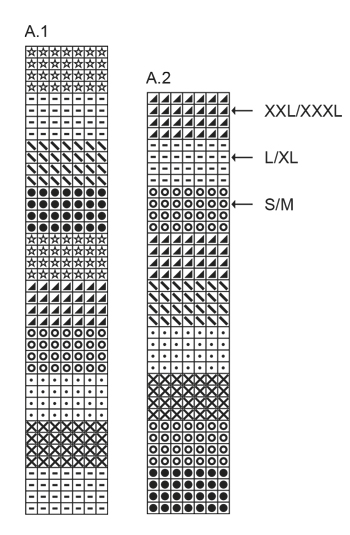 |
||||||||||||||||||||||||||||||||||||||||||||||
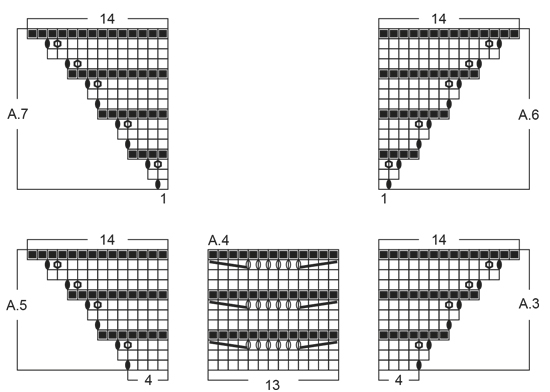 |
||||||||||||||||||||||||||||||||||||||||||||||
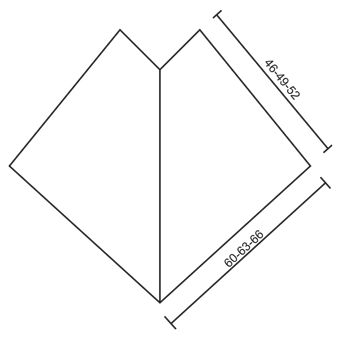 |
||||||||||||||||||||||||||||||||||||||||||||||
Have you finished this pattern?Tag your pictures with #dropspattern or submit them to the #dropsfan gallery. Do you need help with this pattern?You'll find 19 tutorial videos, a Comments/Questions area and more by visiting the pattern on garnstudio.com. © 1982-2025 DROPS Design A/S. We reserve all rights. This document, including all its sub-sections, has copyrights. Read more about what you can do with our patterns at the bottom of each pattern on our site. |
||||||||||||||||||||||||||||||||||||||||||||||







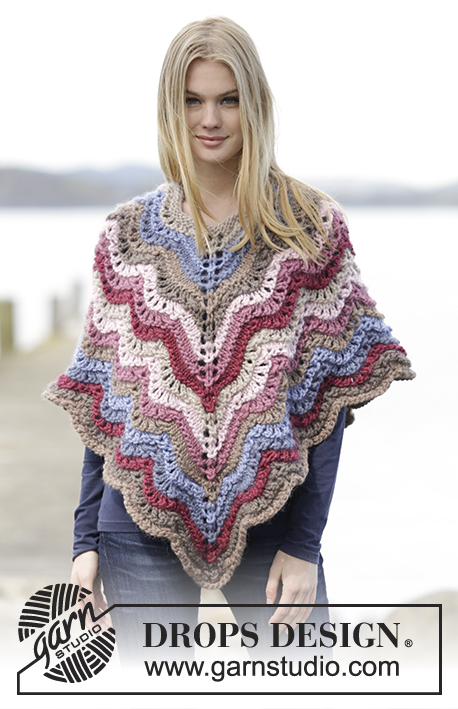




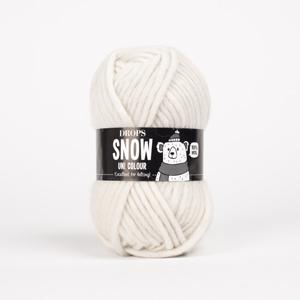
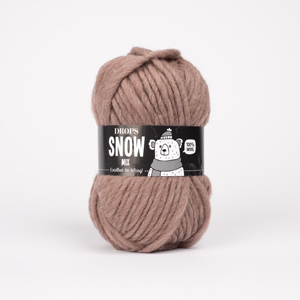



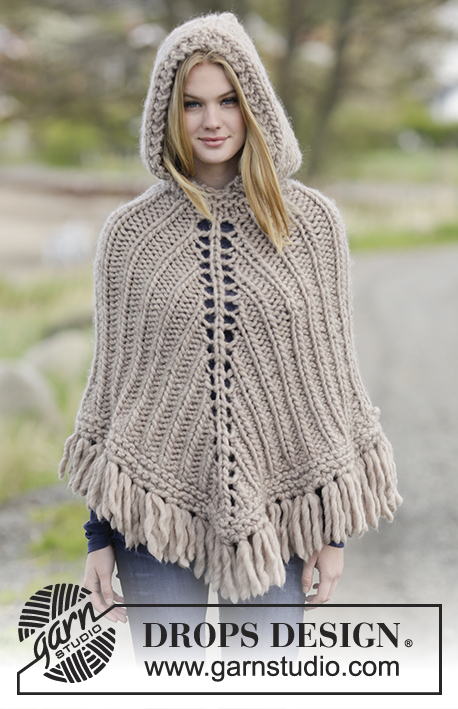
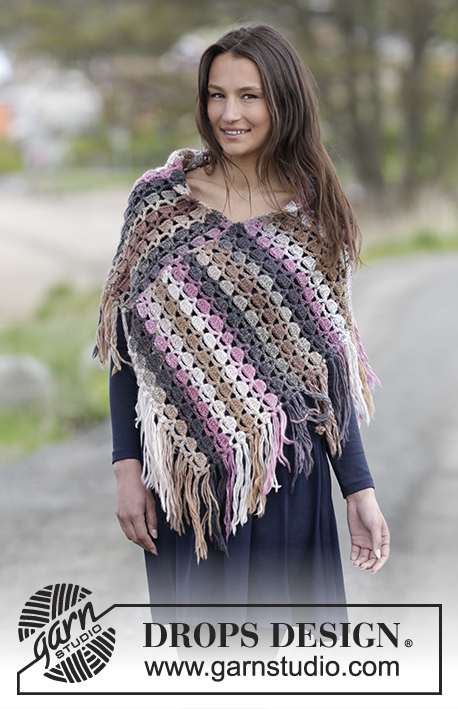
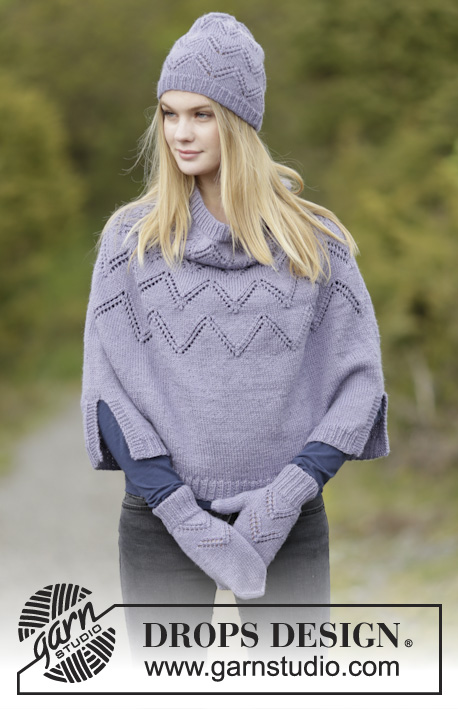






































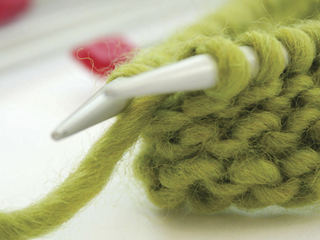






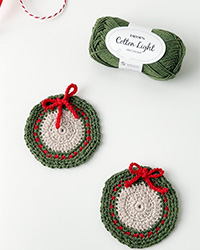
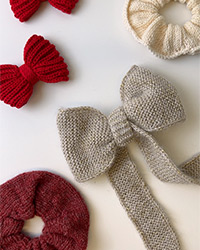
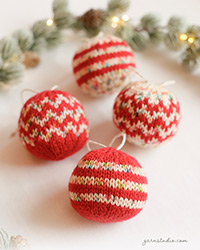
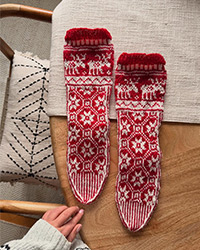


Post a comment to pattern DROPS Extra 0-1220
We would love to hear what you have to say about this pattern!
If you want to leave a question, please make sure you select the correct category in the form below, to speed up the answering process. Required fields are marked *.